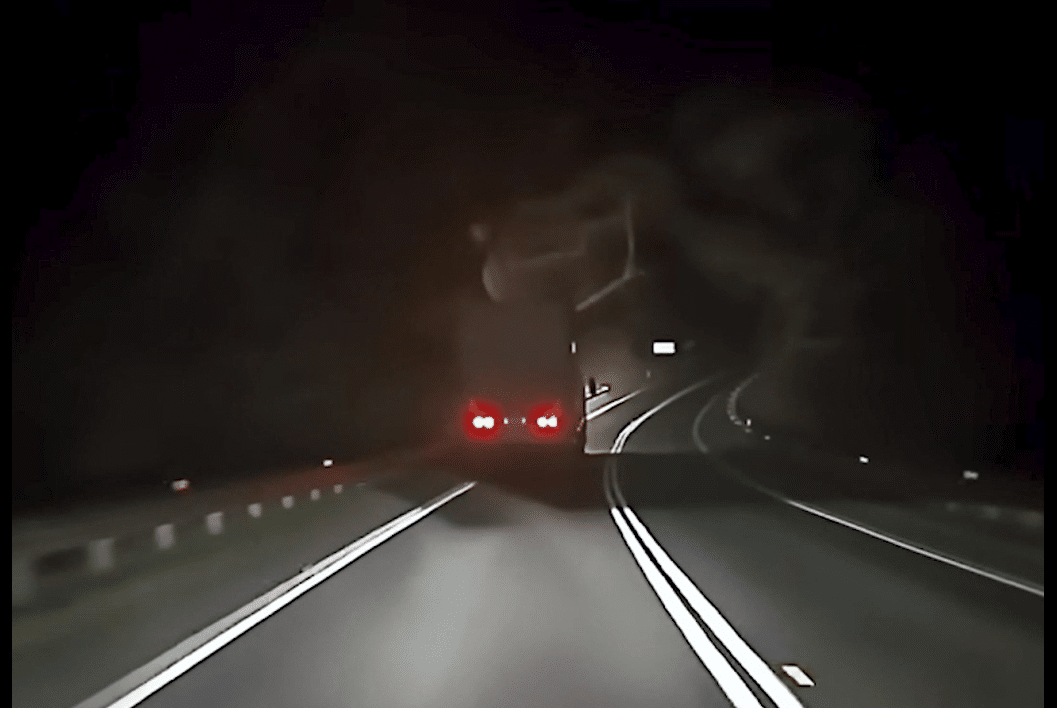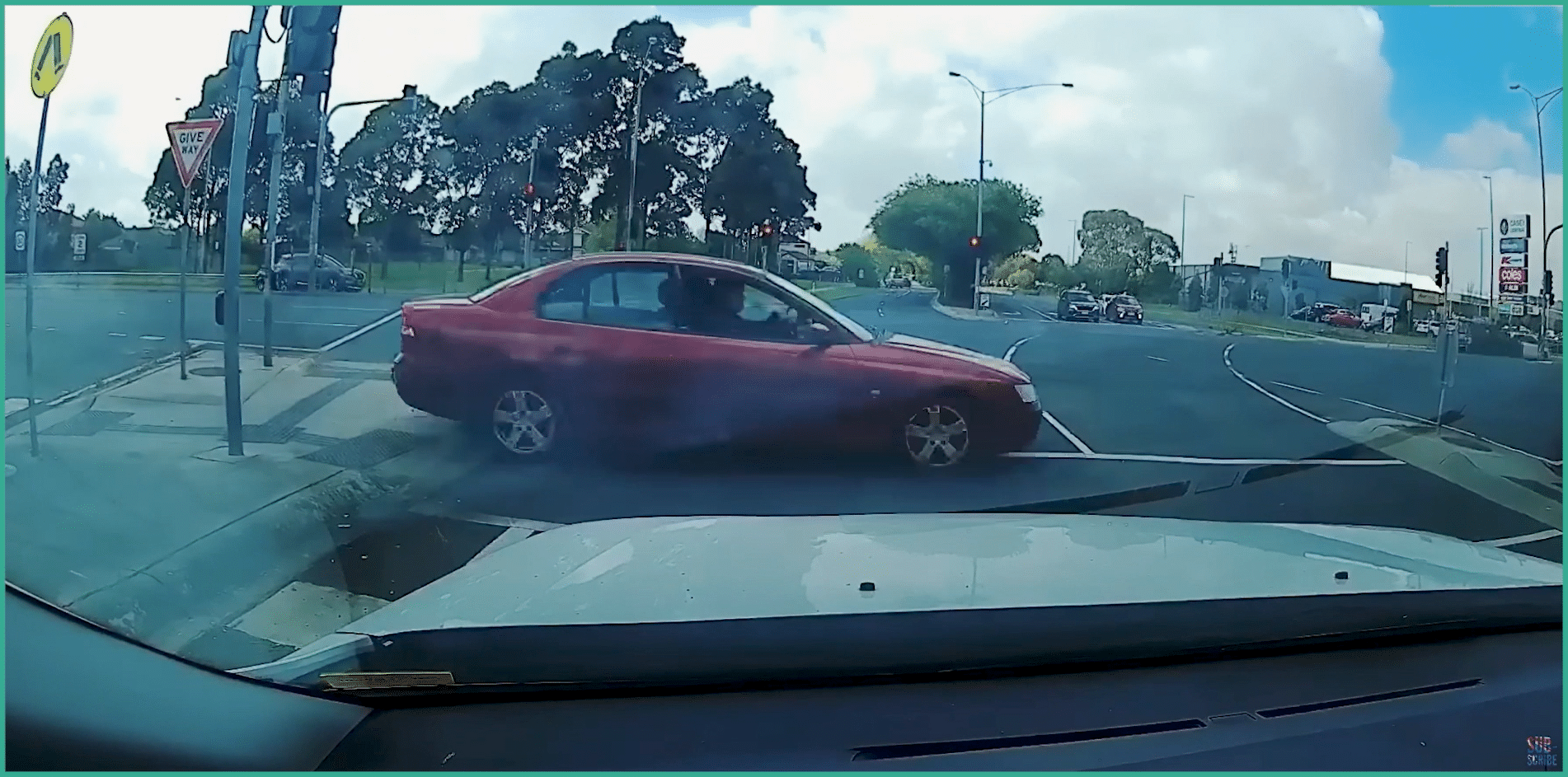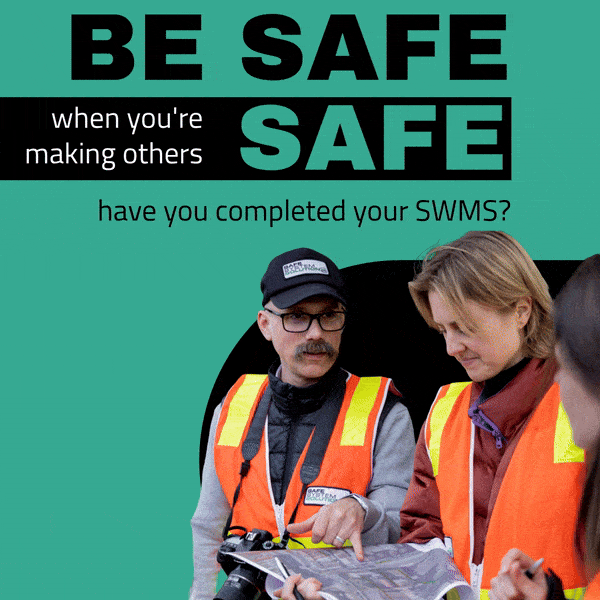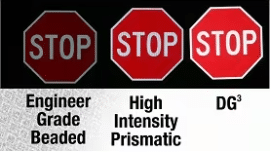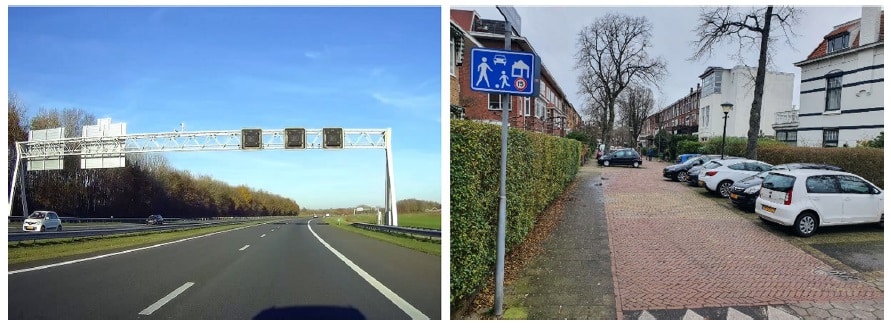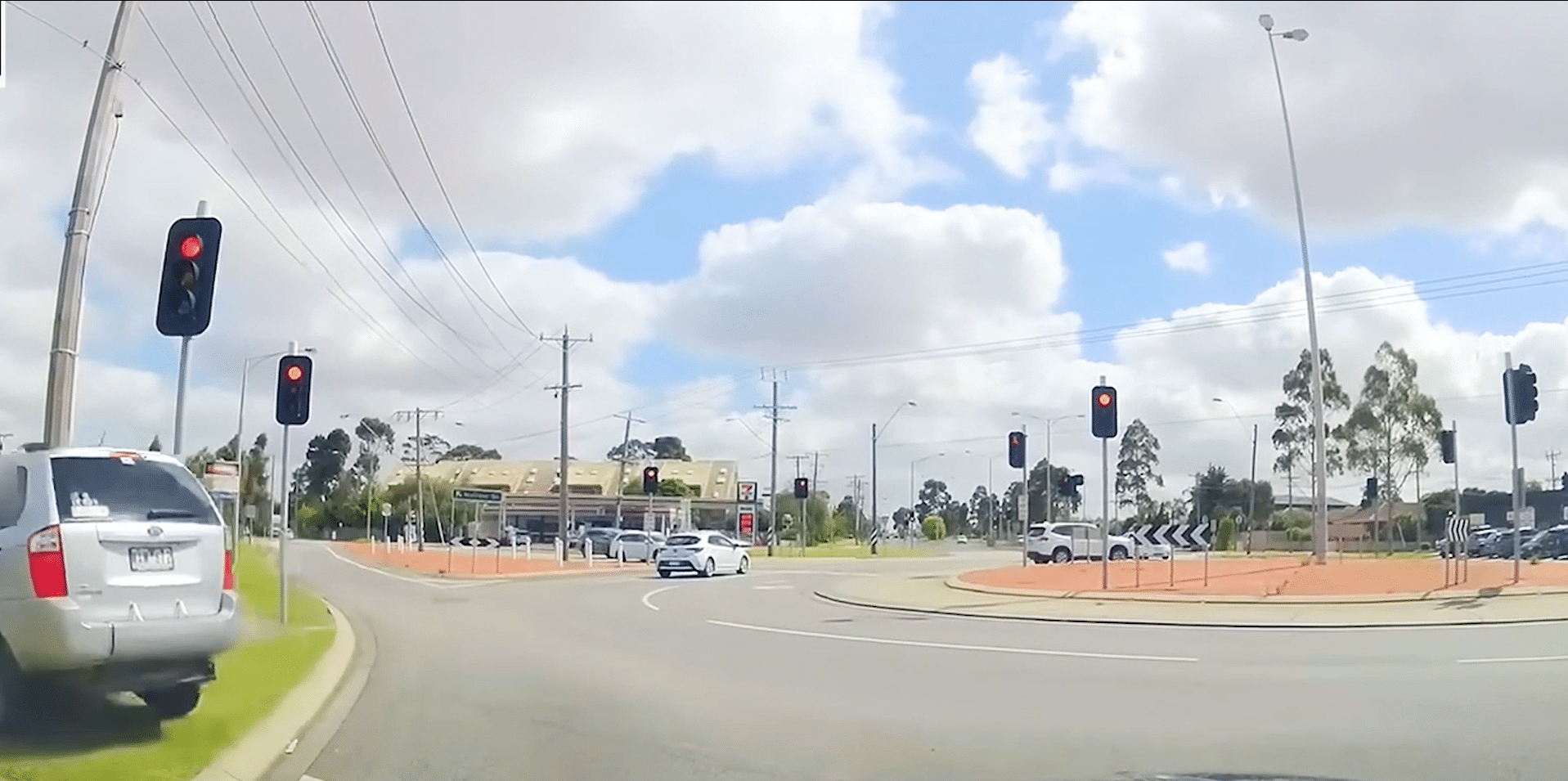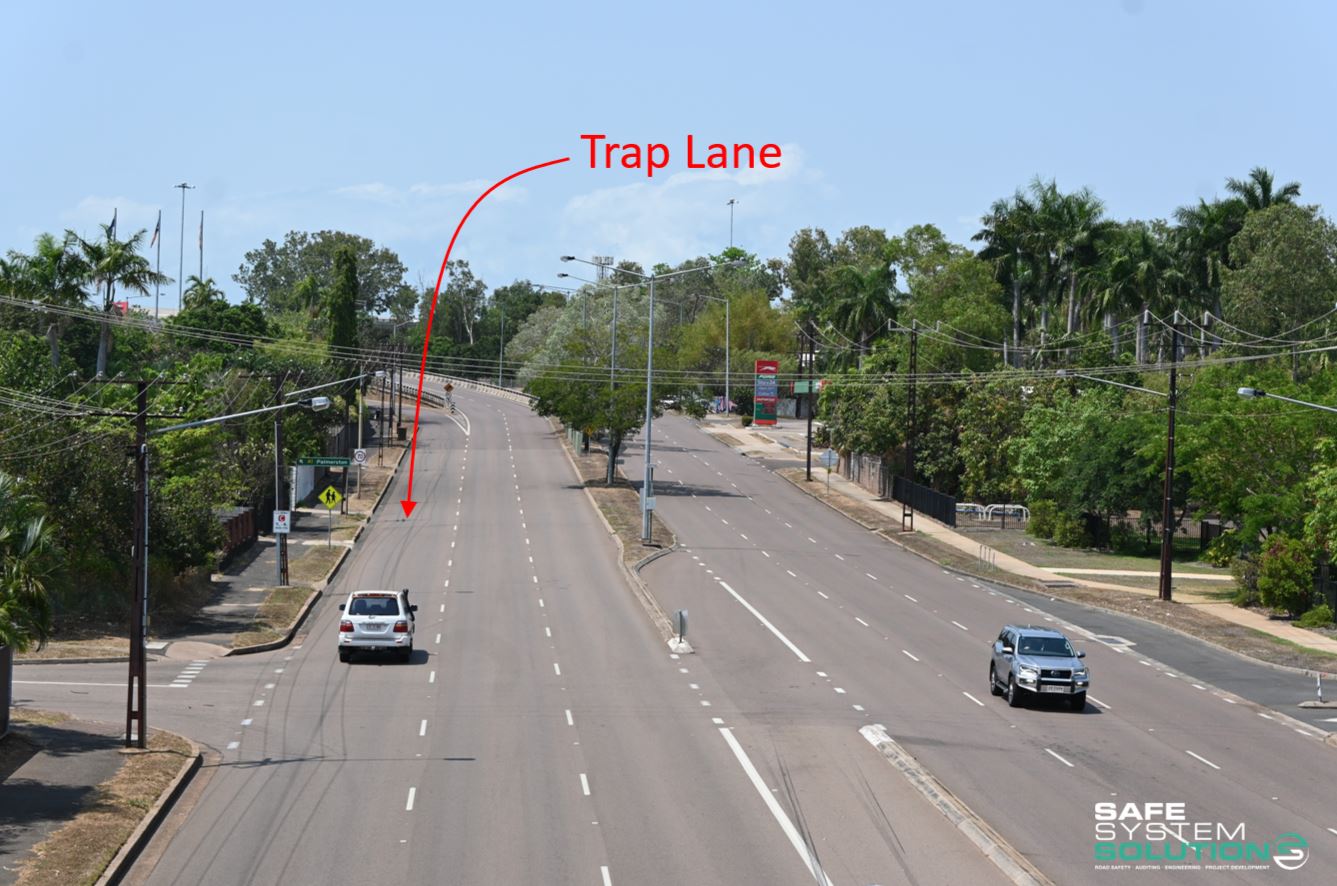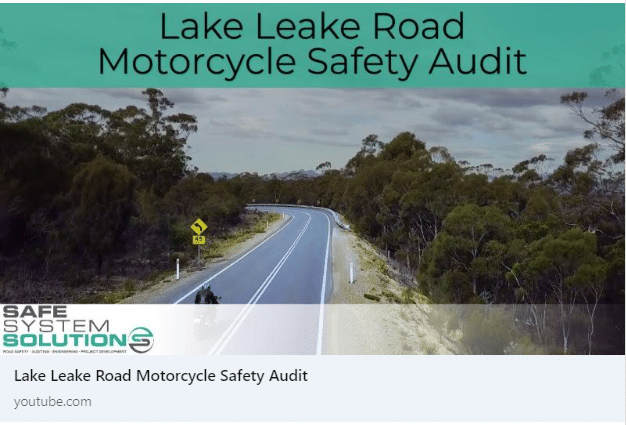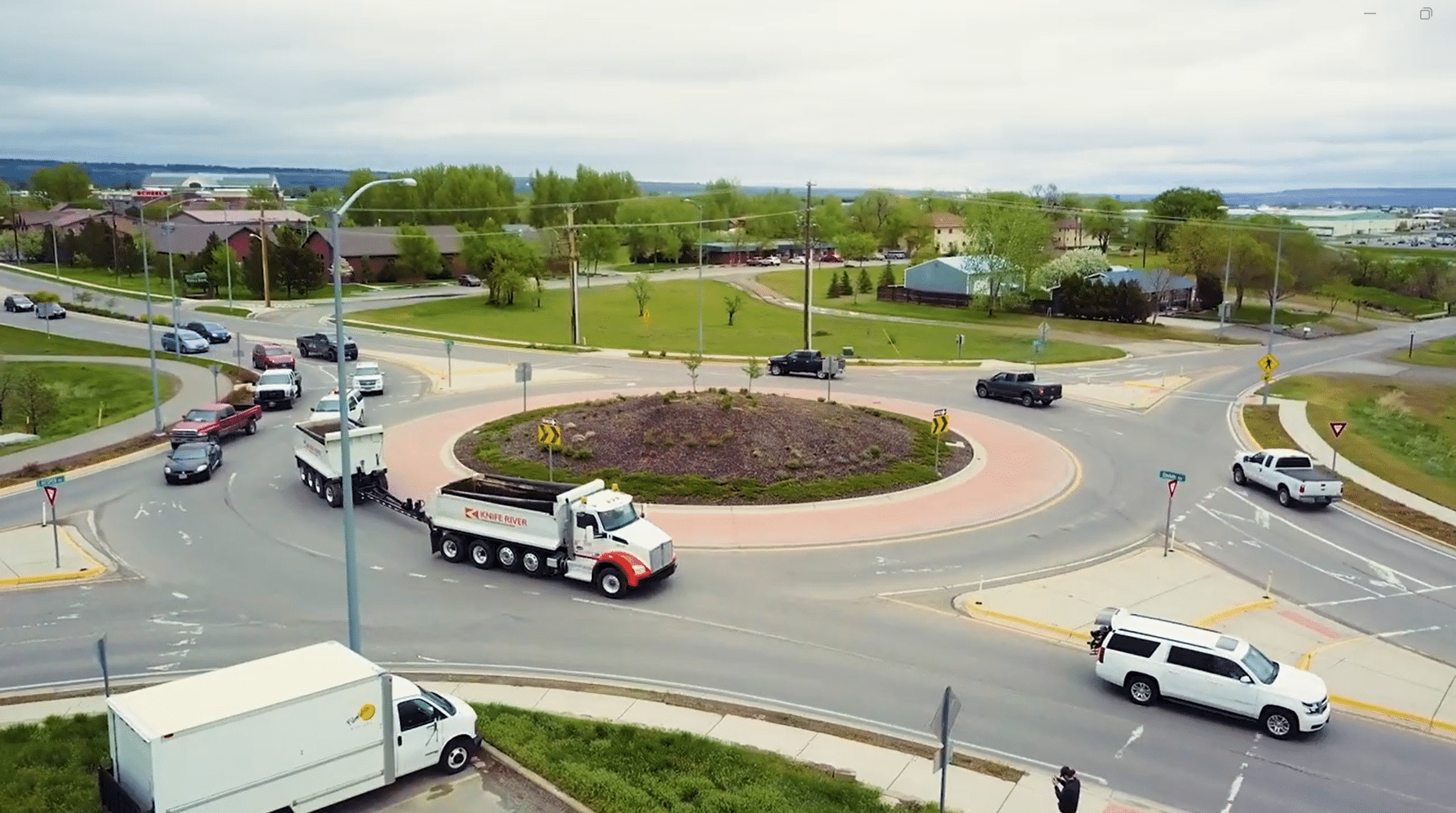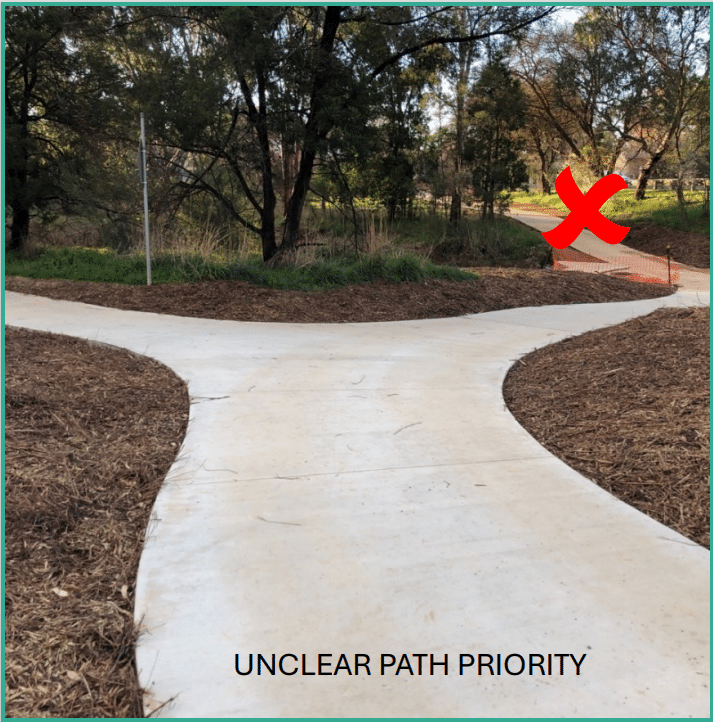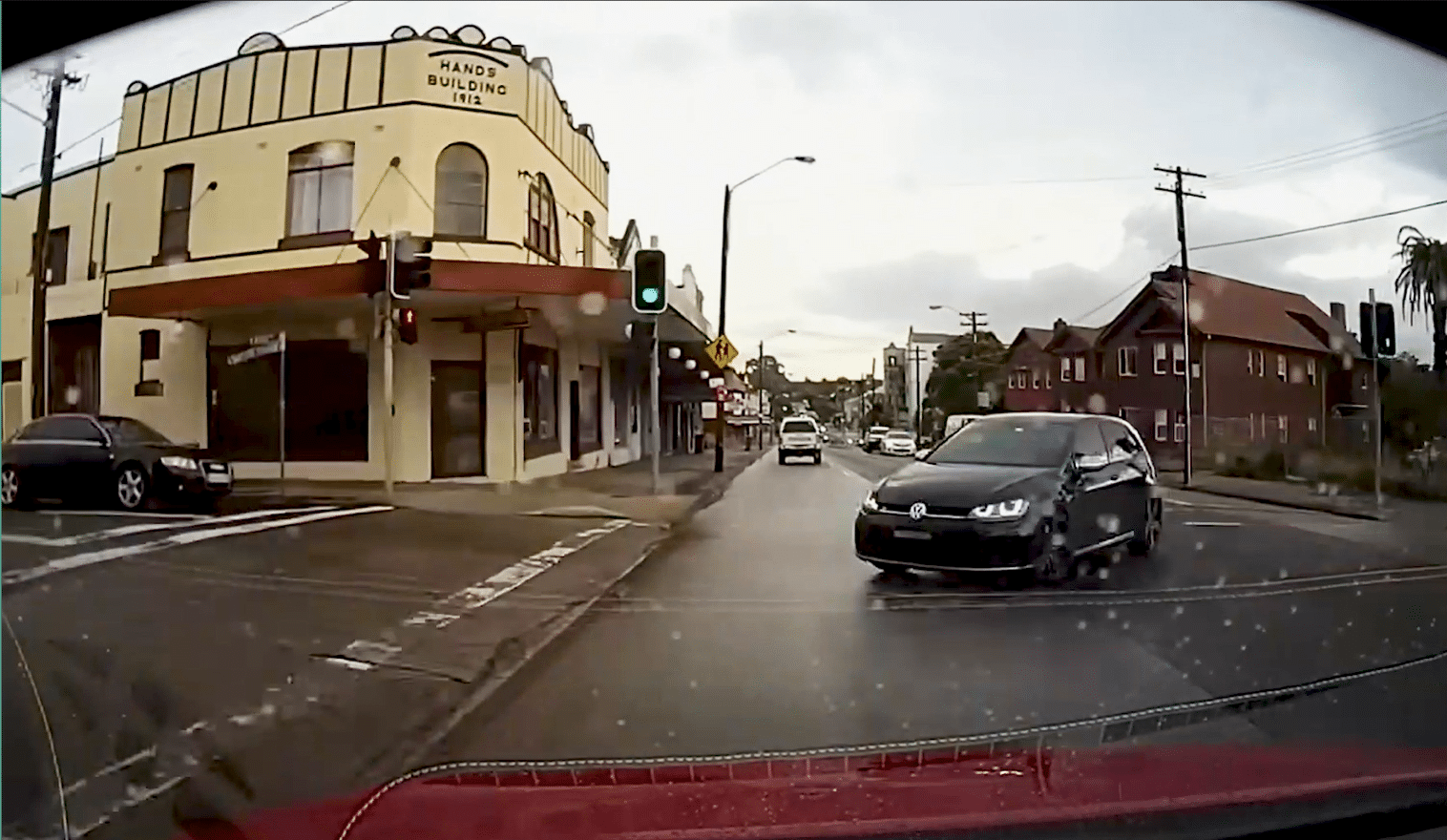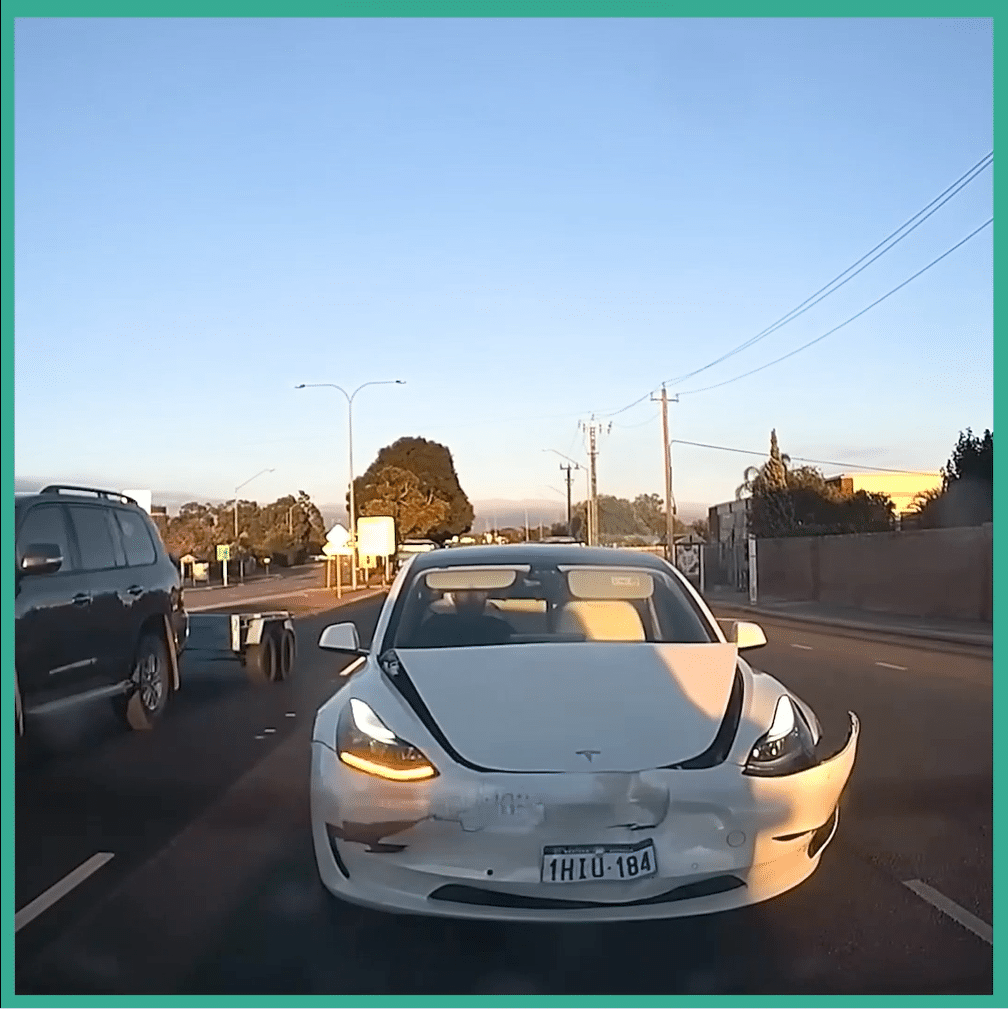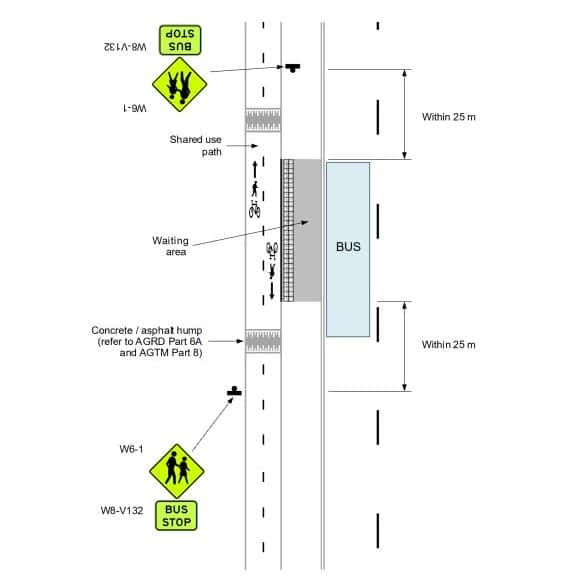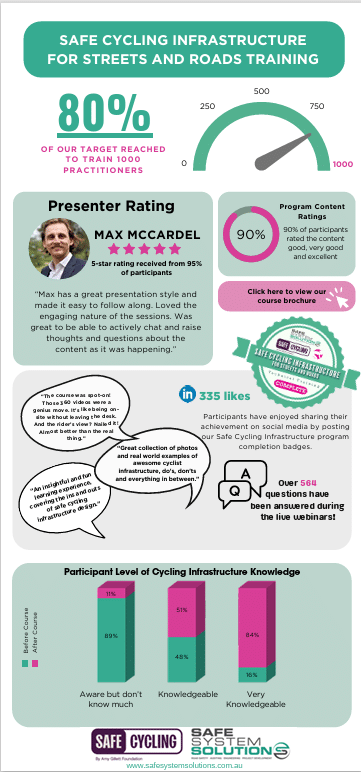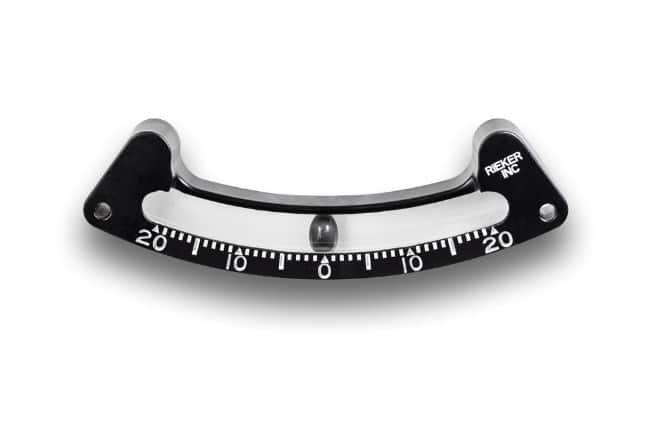Latest News
Safe System Snippet 310: Road maintenance envelope
A road maintenance envelope should be maintained to ensure that larger vehicles can safely travel along a route without striking vegetation. The envelope extends over the roadway and shoulder and is expressed as the vertical clearance. While the dimensions may vary...
Safe System Snippet 309: Fear tactics don’t work in road safety
The main difficulty with fear appeals are that they are least effective among those people who most need to change their behaviour. Less risky people who are already motivated to behave safely are more likely to accept the fear appeal message. In contrast, for the...
Safe System Snippet 308: Errors and Violations
Even the best drivers make mistakes. But are all mistakes created equal? The Safe System acknowledges the human reality that we’re all flawed, but we can unpack aberrations on the road into the categories: errors and violations. Back in the 90s, Reason and colleagues...
Safe System Snippet 307: Road Safety Audit course research assignment
In our live online Road Safety Audit course, participants are required to undertake short research assignment into a road safety topic. This helps them explore and understand their assigned topic, and they get to view all the other participants’ assignments across...
Safe System Snippet 306: Keeping the safety people safe
So, you've completed our Road Safety Audit or Safe System Assessment course and you're ready to do your first audit/assessment. But how do you make sure you're safe out there? It’s far more than just a hi-vis vest. First – you must get in the practice of doing a job...
Safe System Snippet 305: Retroreflectivity, what is it and why is it important?
“Retroreflectivity”, try saying that 3 times! So, what is it and why is it important? Retroreflectivity is what occurs when a surface reflects light back to its source. As engineers, we like to harness this phenomenon in traffic signs to improve their visibility on...
Safe System Snippet 304: Have you ever heard of a self-explaining road?
Have you ever heard of a self-explaining road? Why don’t we explain what a self-explaining road is: Theeuwes and Godthelp published a paper in 1995 called “Self-explaining roads” with the overall notion that roads should be easily understood by the road user, in...
Safe System Snippet 303: Signalised Roundabouts
Roundabouts reduce casualty crashes by around 75%, but conventional traffic signals only reduce casualty crashes by around 45%. But why not have both? It is quite common for roundabouts to be replaced with traffic signals when the opposing movements become too...
Safe System Snippet 302: Do overtaking lanes always improve safety?
Overtaking lanes (also called passing lanes) are often a go-to road safety solution for areas with high head-on crash rates. But will the addition of an overtaking lane actually improve safety? Firstly, we need to understand that only a very small fraction of head-on...
Safe System Snippet 301: Trap Lanes
A trap lane is a configuration where a travel lane becomes an exclusive left or right turn lane, thereby trapping the driver/rider that wishes to continue straight. Trap lanes increase the risk or side swipe and rear end crashes as drivers/riders try to escape the...
Safe System Snippet 300: Enhancing Motorcycle Safety
You're likely familiar with the concept of a Road Safety Audit, but do you know about Motorcycle Road Safety Audits? Elevating road safety for motorcyclists goes beyond a routine visual inspection. The unique perspective gained from physically riding a motorcycle...
Safe System Snippet 299: Designing roundabouts with heavy vehicles
Designing roundabouts with heavy vehicles in mind presents various challenges, including considerations for camber, turning space, approach and exit geometry, and more. However, designers possess a valuable tool in their toolkit – mountable aprons. While maintaining...
Safe System Snippet 298: Path-to-Path Intersection Design
Here are some key practices to keep in mind when designing intersections where two paths meet: Clear Priorities: Establish clear priorities for path users. Consider the volume of users, and if it's low, give priority to the stream most inconvenienced by stopping....
Safe System Snippet 297: Anti-gawk screens
Anti-gawk screens (also called anti-debris screens) can assist with worksite safety for both workers and the travelling public. They minimize visibility into the worksite to prevent distractions for the road users and shield workers from flying debris. They are...
Safe System Snippet 296: Stopping Sight Distances (SSD)
During the design process, it’s common to conduct Stopping Sight Distances (SSD) checks. SSD is the distance to enable a normally alert driver, travelling at the design speed on wet pavement, to perceive, react and brake to a stop before reaching a hazard on the road...
Safe System Snippet 295: Raised intersections on arterial roads
Raised intersections on arterial roads can reduce casualty crashes by up to 40% (Austroads). In Victoria, large signalised intersections have been raised at over 18 locations (some example photos below). Raised intersections are also known as platform intersections,...
Safe System Snippet 294: Autonomous Emergency Braking (AEB) vs the sun
Autonomous Emergency Braking (AEB) is a game-changer when it comes to crash prevention, but its effectiveness under sun glare deserves attention. While AEB scans roads for potential collisions, sun glare can disrupt its sensors, hindering its ability to react in...
Safe System Snippet 293: Bikes and buses
Bikes and busses – it’s about context. There has been a lot of industry chatter lately about the appropriateness of different cycling infrastructure around bus stops. Concerns have been raised about the safety of pedestrians accessing the bus (especially those with...
Reflecting on a vibrant 2023, we’re proud to highlight our cycling infrastructure program’s successes.
Reflecting on a vibrant 2023, we're proud to highlight our cycling infrastructure program's successes. The increased skill and knowledge among our participants, coupled with outstanding feedback, affirm the program's value to the community. As we commence the new...
Safe System Snippet 292: Chevron Alignment Markers (CAMs)
Chevron Alignment Markers (CAMs) are one of the most mis-used signs on the public road network. They should only be used on substandard curves. A minimum of three CAMs are required in a series and two CAMs must be visible to a driver/rider at any one time. To...

